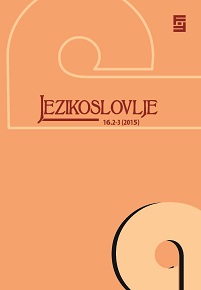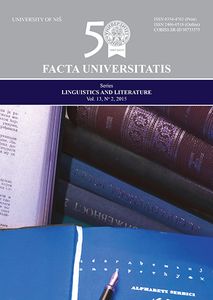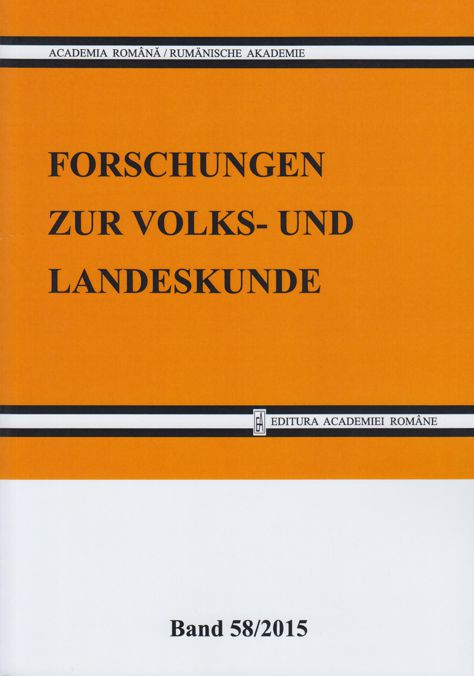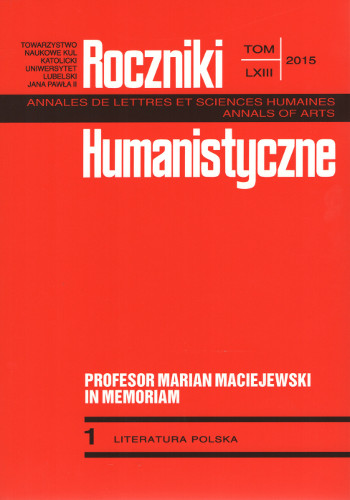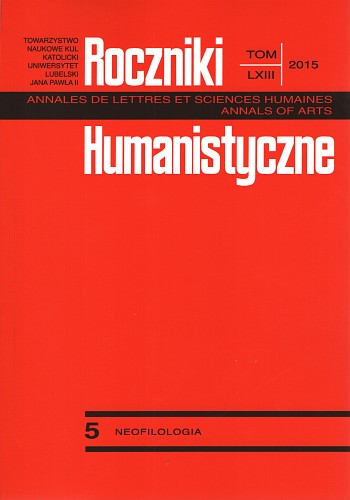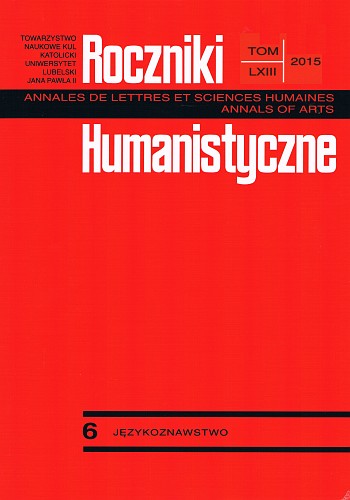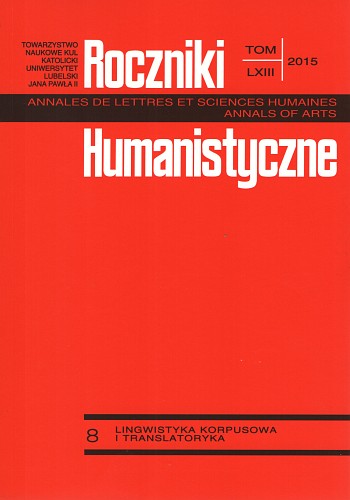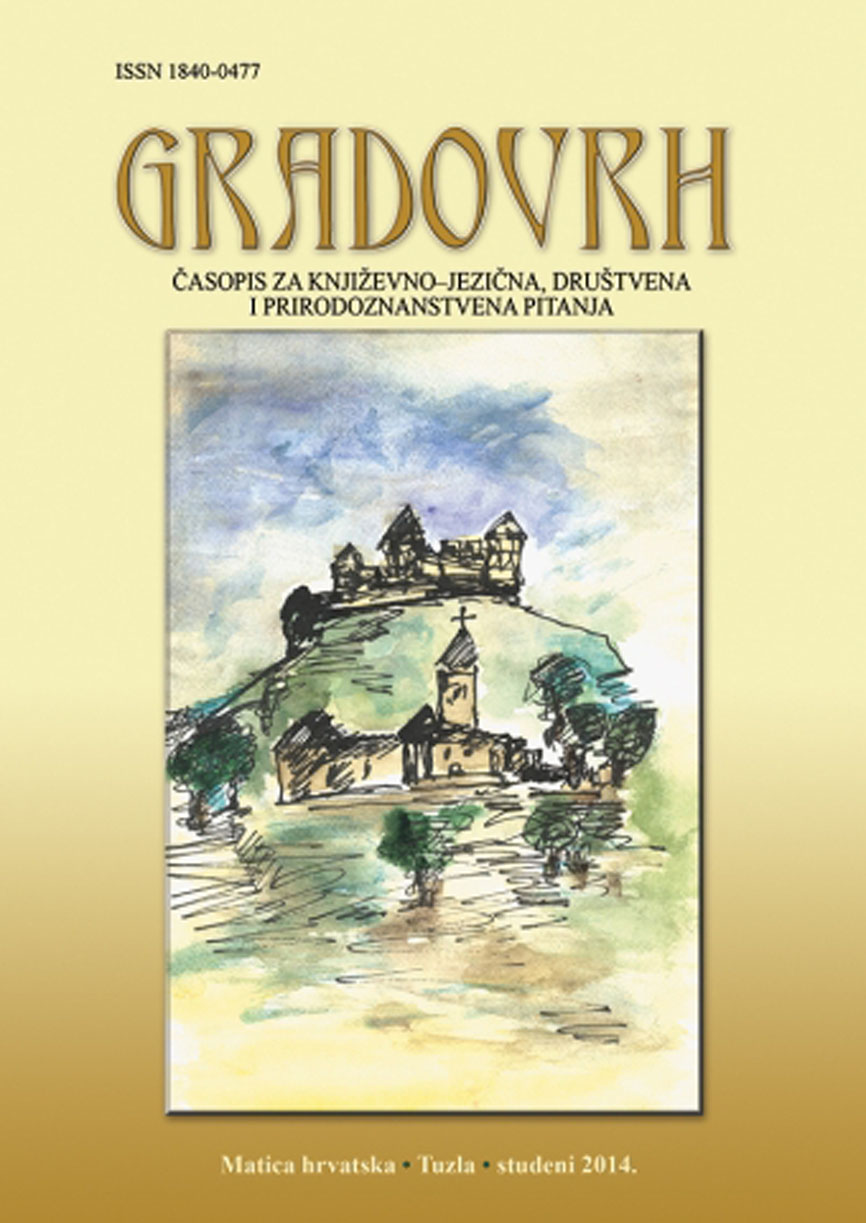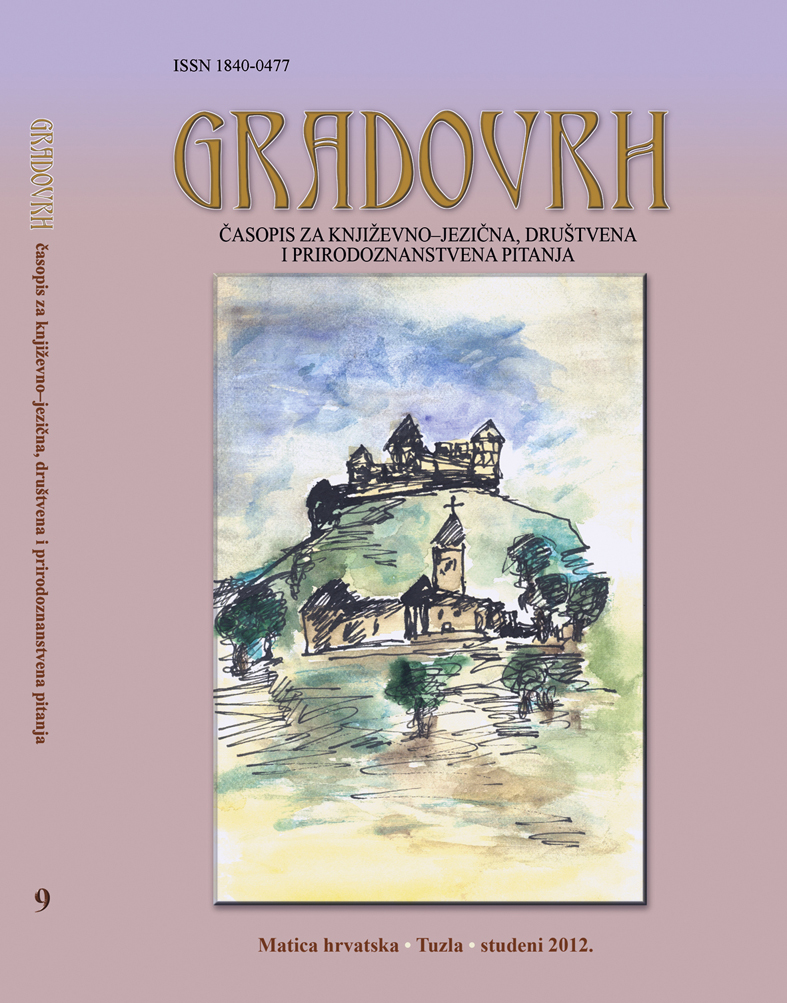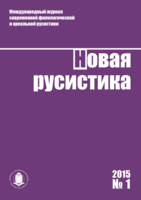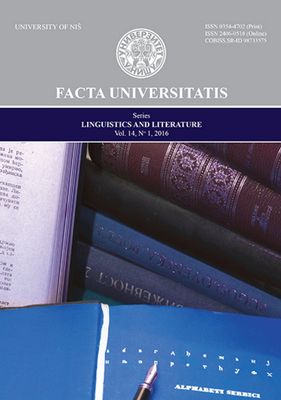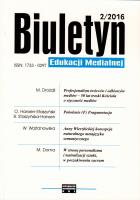MEDIATION AND DECONSTRUCTION OF BINARY HIERARCHY IN ARAVIND ADIGA’S THE WHITE TIGER
The paper discusses binary opposition, one of the most explored concepts in post-colonial criticism, as used in The White Tiger (2008) – Aravind Adiga’s debut novel placed, due to its topic as well as the issues it raises, in the tradition of post-colonial literature. Since the binary theory was first used by the movement of structuralism, and later developed by the famous post-structuralist and post-colonial theorist Jacques Derrida, the aim of this paper will be to implement the structuralist concept of binary opposites, as well as Derida’s binary theory, on the novel. The paper explores the mediation as the means of overcoming the polarities, indicated by the structuralist theorist Claude Lévi-Strauss, as well as the deconstruction of the hierarchy created by the system of opposites, suggested by Derrida’s theory. In addition to analyzing the primary binary concept, it also explores the parallel secondary analogies which serve to reinforce and further contrast the polarities, as well as their role in the novel. The findings will reveal that the exploration of binary oppositions in literature can benefit in deciphering messages which may sometimes appear too abstract to apprehend: since contexts usually generate their own semantic systems, we can tremendously benefit from interpreting the system of oppositions and demystifying their semantic value.
More...
